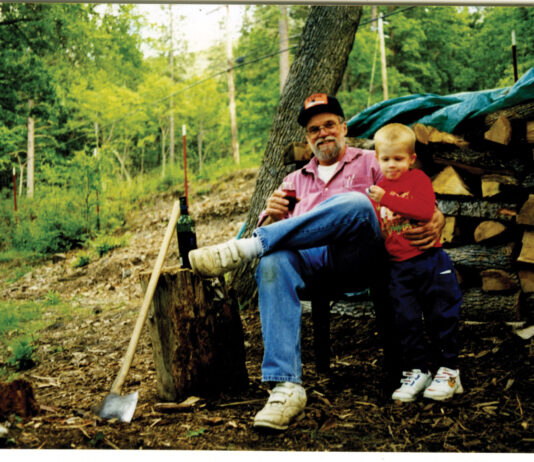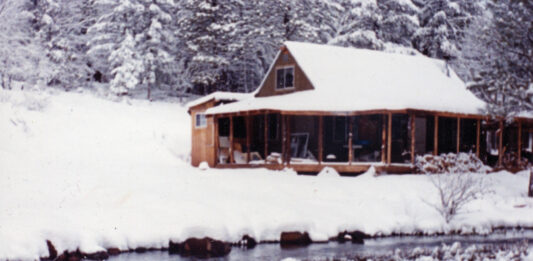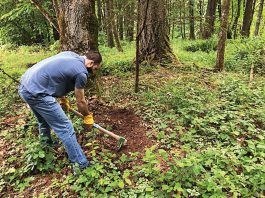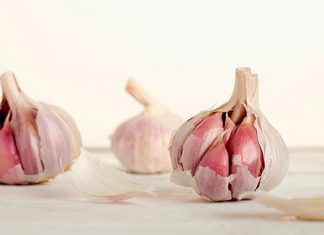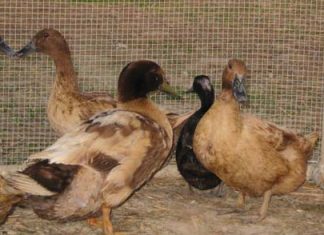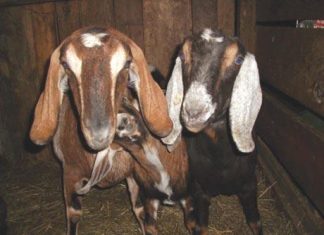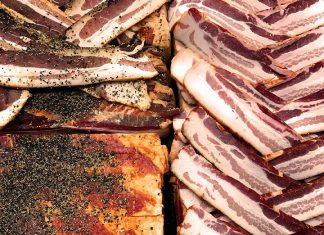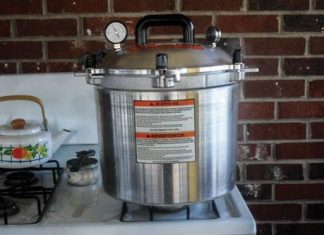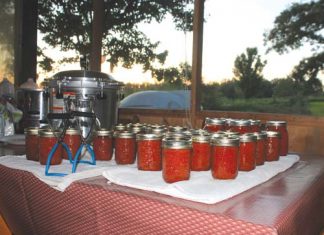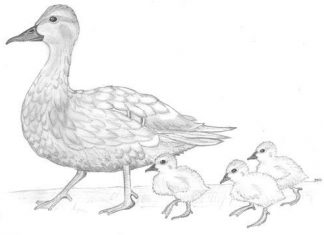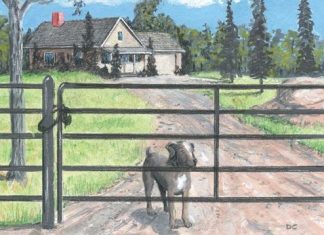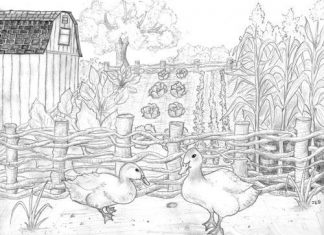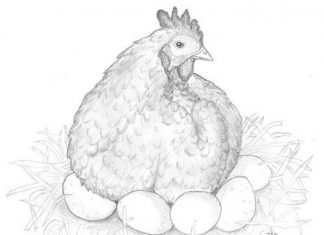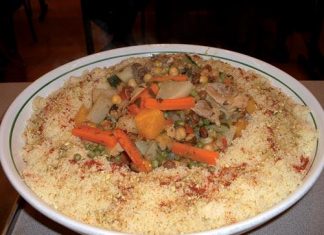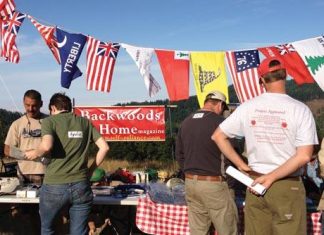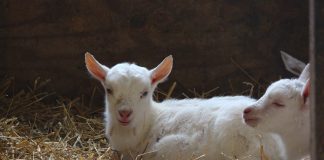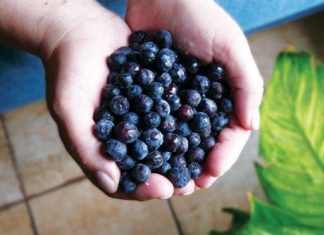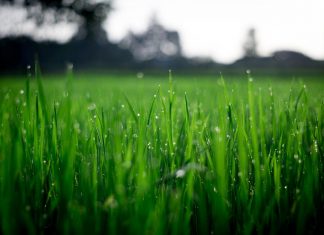The many benefits of garlic
By Joe Knight
Issue #113 • September/October, 2008
Garlic, used throughout the world for the taste it adds to foods, is also well known for its medicinal benefits. Known as Allium sativum in the botanical world,...
Khaki Campbell ducks — The other egg layer
By Amanda J. Kemp
Issue #126 • November/December, 2010
Spring brings the pitter-patter of little feet in the mud, games of tag, and raucous quacks. While traditional advice would have you with a yard full of...
Switch your family to goat’s milk
By Tanya Kelley
Issue #128 • March/April, 2011
If you milk goats, there's no doubt you've heard it"Eww! Goat's milk! Gross!" To be perfectly honest, goat milk does taste different than cow milk. So? Different doesn't...
Buckboard bacon
By Tanya Kelley
Issue #131 • September/October, 2011
Last year, our family processed a hog for the first time. We made roasts, pork chops, bacon, Italian sausage, breakfast link sausages, and hams. All of the results...
Picking your pressure canner — All American or Presto?
By James Kash
Issue #143 • September/October, 2013
The garden is in full swing and you have baskets of vegetables piling up; what do you do? You can them, of course. Your mother's old granite-ware canner...
Can your own tomato products
By James Kash
Issue #148 • July/August, 2014
Tomatoes are the backbone for the homestead garden and pantry. These succulent fruits are great on quick sandwiches, mixed in a pasta salad, or (my personal favorite) sliced...
Making dandelions palatable
By John Kallas, Ph.D
Issue #82 • July/August, 2003
We've heard stories about how good dandelions are. What one usually hears from enthusiastic wild food promoters is, "All you need to do is find very young...
Broody biddies make sense on the homestead
By James Kash
Issue #139 • January/February, 2013
Broodiness is an avian behavior that is frowned upon in the world of agriculture. All industrial agriculturalists cull broody birds because the behavior inhibits production. But to frugal...
Homestead security for women
By Donna Insco
Issue #143 • September/October, 2013
In these tough economic times, many women are finding themselves alone for long hours on the homestead. As local jobs disappear, the major breadwinner may take a job...
The coming ice age
By John Silveira
Issue #139 • January/February, 2013
I'm putting my apocalyptic ice age novel, Danielle Kidnapped, on Amazon's Kindle and also producing a paperback version on Amazon's website. (See the ad on page 65.) The...
Building and using wattle fences
By Kathryn Wingrove
Issue #139 • January/February, 2013
Wattle fences are made by weaving material in and out of posts in the ground. They were often used on the small farms of Victorian England. In fact,...
Broody biddies make sense on the homestead
By James Kash
Issue #139 • January/February, 2013
Broodiness is an avian behavior that is frowned upon in the world of agriculture. All industrial agriculturalists cull broody birds because the behavior inhibits production. But to frugal...
The chicken and the egg
By Habeeb Salloum
Issue #139 • January/February, 2013
One cannot think of our culinary world without chicken or eggs. Chicken is one of the world's most consumed meats and eggs are on the tables of the...
Preparing for a Temporary Catastrophe
By Dave Duffy
Issue #139 • January/February, 2013
November's Superstorm Sandy on the Northeastern coast of the United States was our most recent grand reminder that society is fragile, most people are not ready to take...
BHM hosts Appleseed marksmanship event
By Massad Ayoob
Issue #139 • January/February, 2013
Long a supporter of the Appleseed concept, Backwoods Home Magazine hosted one in Gold Beach, Oregon, in second quarter 2012. Naturally, a good time was had by all....
Food security 101: part 2 — Convenience mixes make life easier
By Rowena Aldridge
Issue #139 • January/February, 2013
Last issue we talked about some things you can do to stretch your food budget and make great use of every bit of food you buy. This article...


